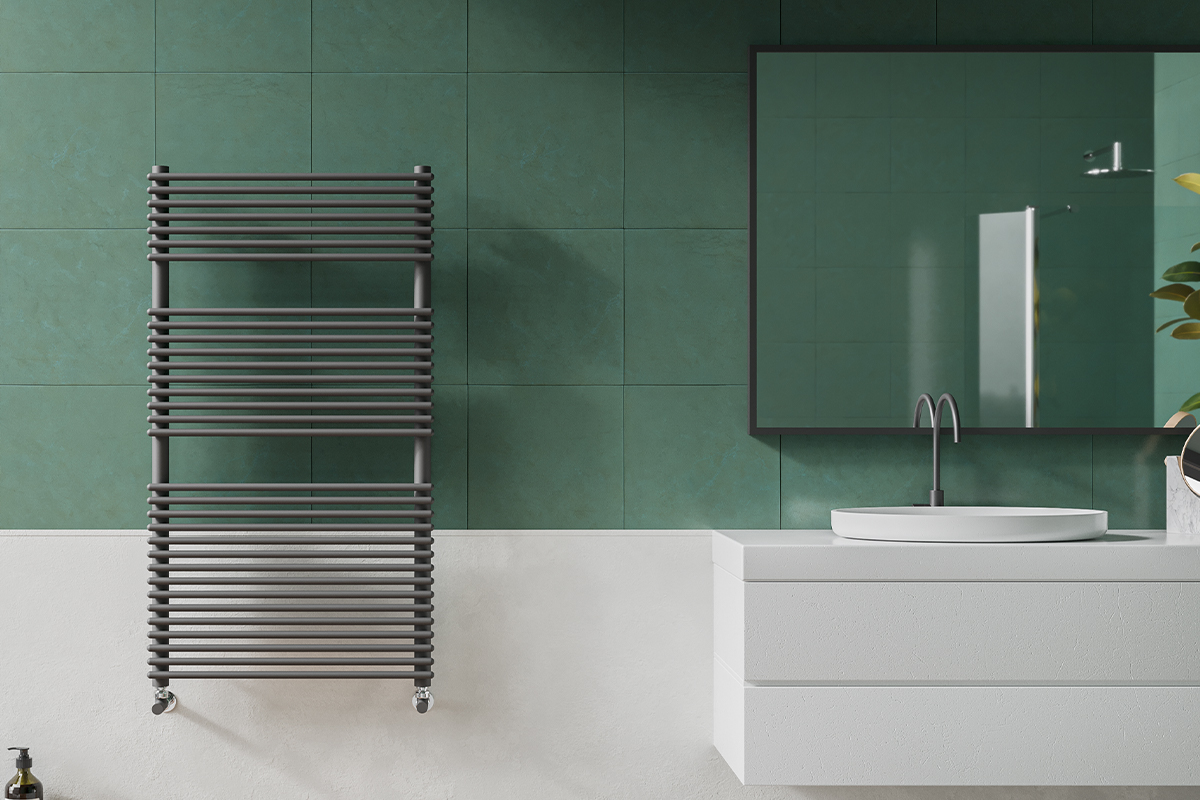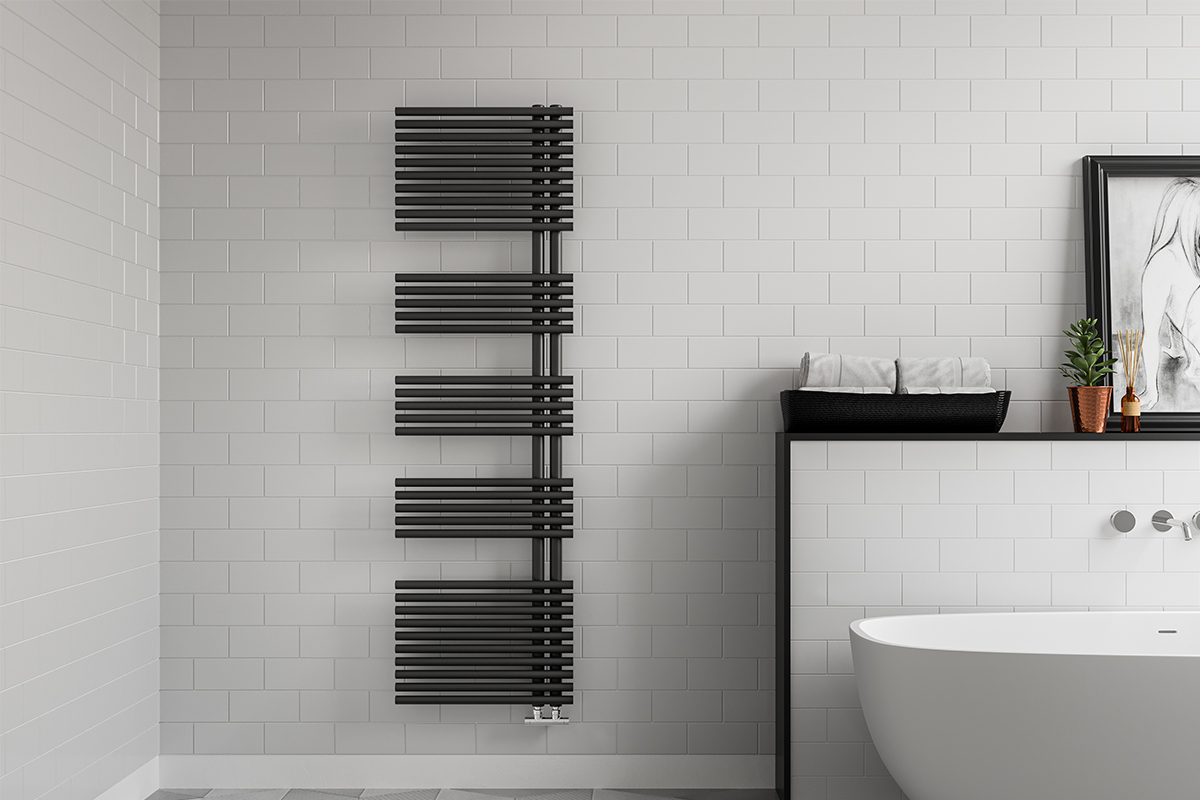Stable or dynamic? Design is a question of weights.
2024-04-10
One of the many dichotomies that makes the world of design interesting, not only in furniture, is the one between stable and dynamic forms.
In the first ones the visual weights of the elements are distributed in a more restful way and give peace to the eye, instead the latter solicitate and leads the eye beyond the object, to seek connections.
It is very easy to see this mechanism applied to designer radiators: two radiators that look very similar to each other can be deeply different in expression, such as Ragusa and Bari.

The minimal, elegant and timeless structure of Ragusa features two vertical tubular elements and a series of thinner, horizontal round tubes.
Materially but also visually, the vertical components support the horizontal ones in a restful and reassuring symmetry.
Here the gaze rests and finds peace, pauses, looks for nothing else: it’s a type of design suitable for environments that aim at relaxation or where you want the eye to be captured by another object.
But what happens if we remove one of these supports?

Bari's design calls for horizontal tubes anchored to two vertical side elements. From a structural point of view solidity is not compromised but somehow the eye perceives this lack, as if that side form had to support the weight of the entire object.
The gaze in this case wanders, sweeps, starts at the joints and then leaves the spaces left open.
Stability is contrasted with breadth of breath, inspiration, aspiration.
Looking at the more practical side, this design makes it easier to use the elements as towel warmers (towels and hand towels can be slipped in through the side openings), but confined to the aesthetic aspect, it is a radiator more suited to those seeking a more ethereal and changeable design.
The perceived weight of an object is thus transformed into movement: after all, one of the great rules of design is that it is the gaze that shapes a space.